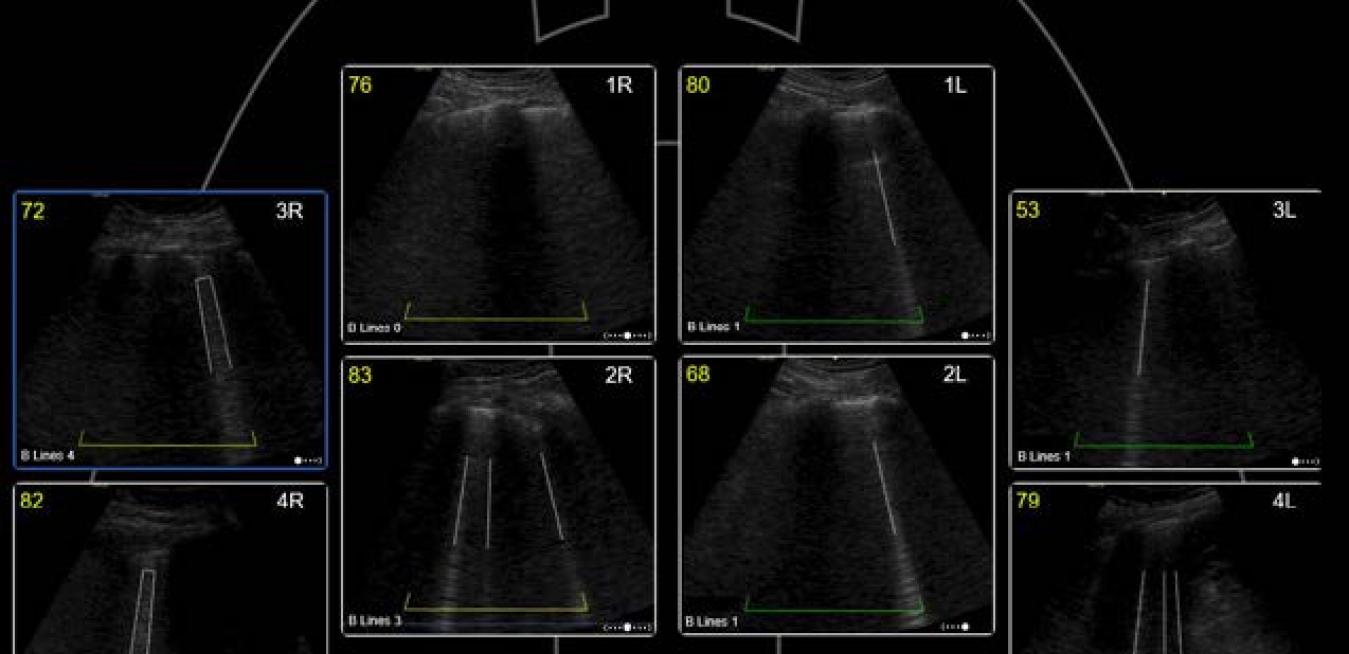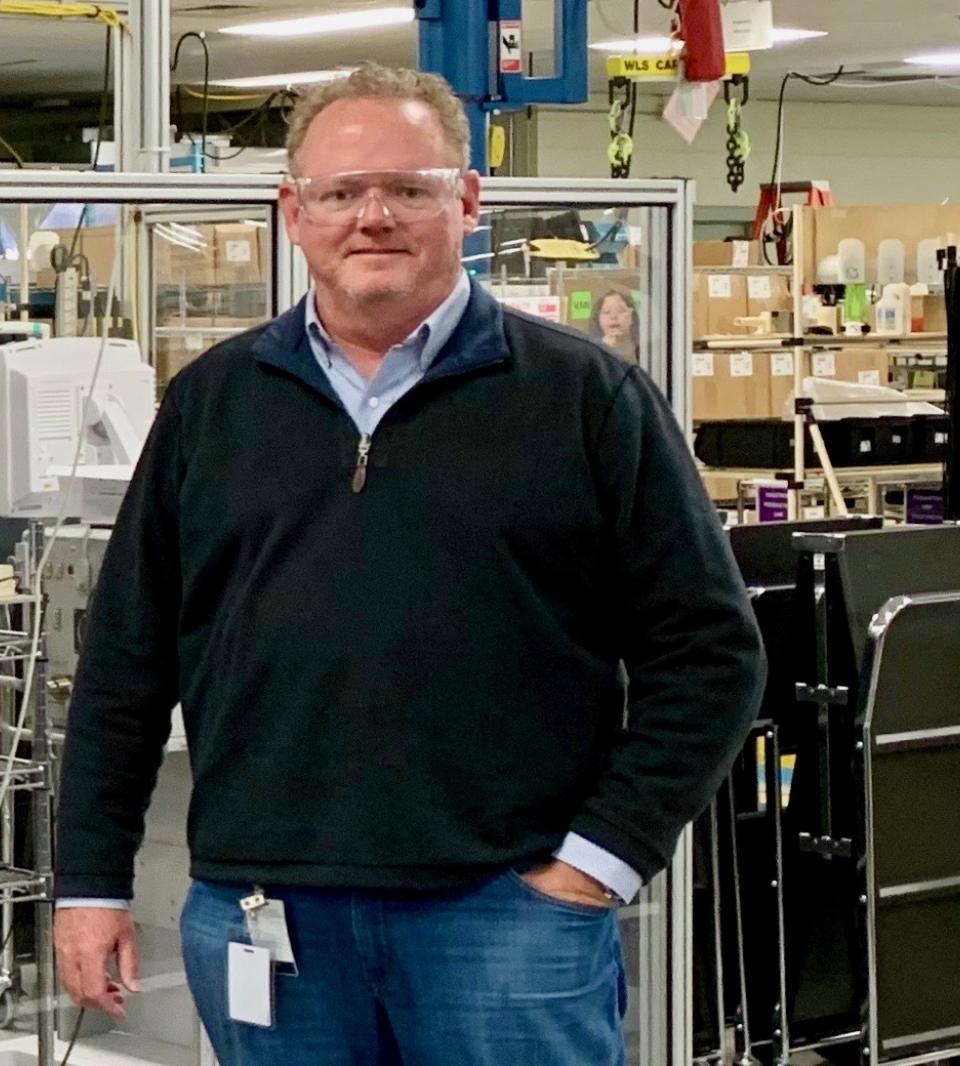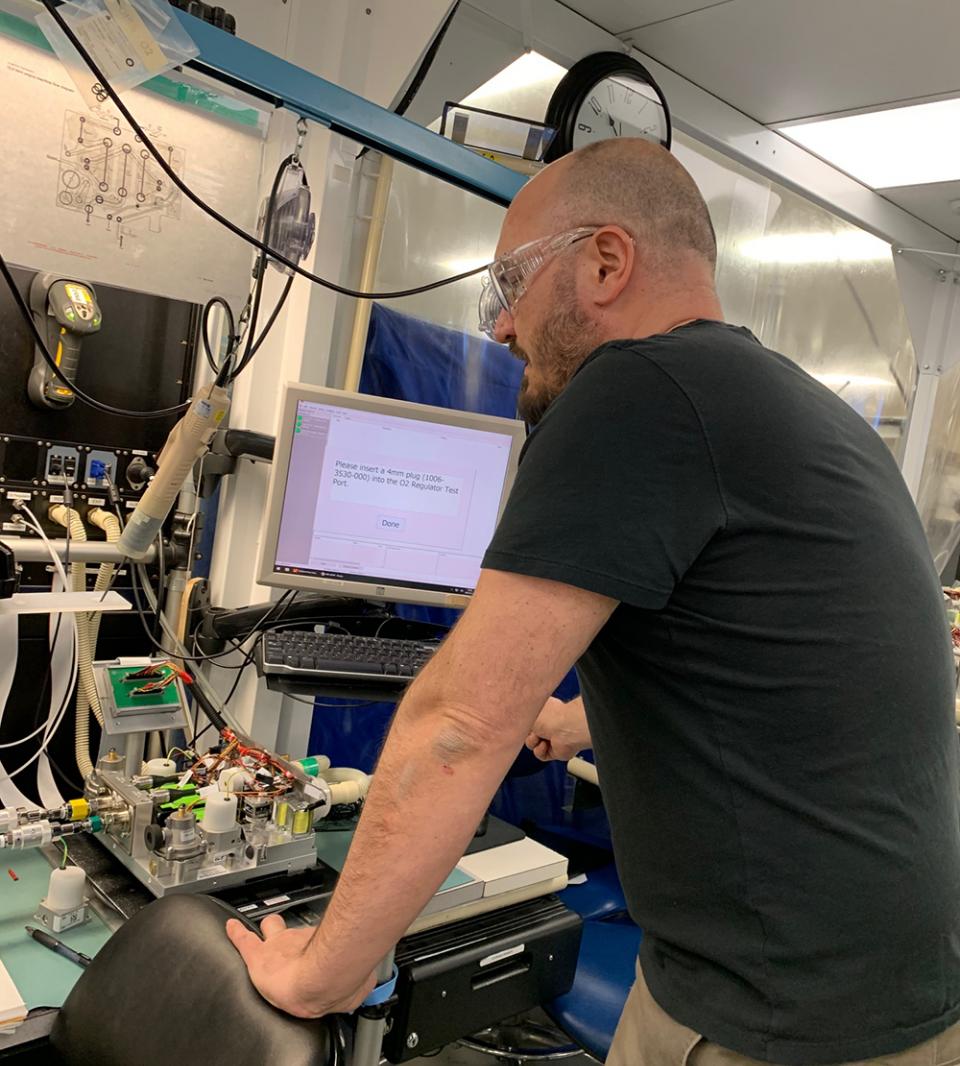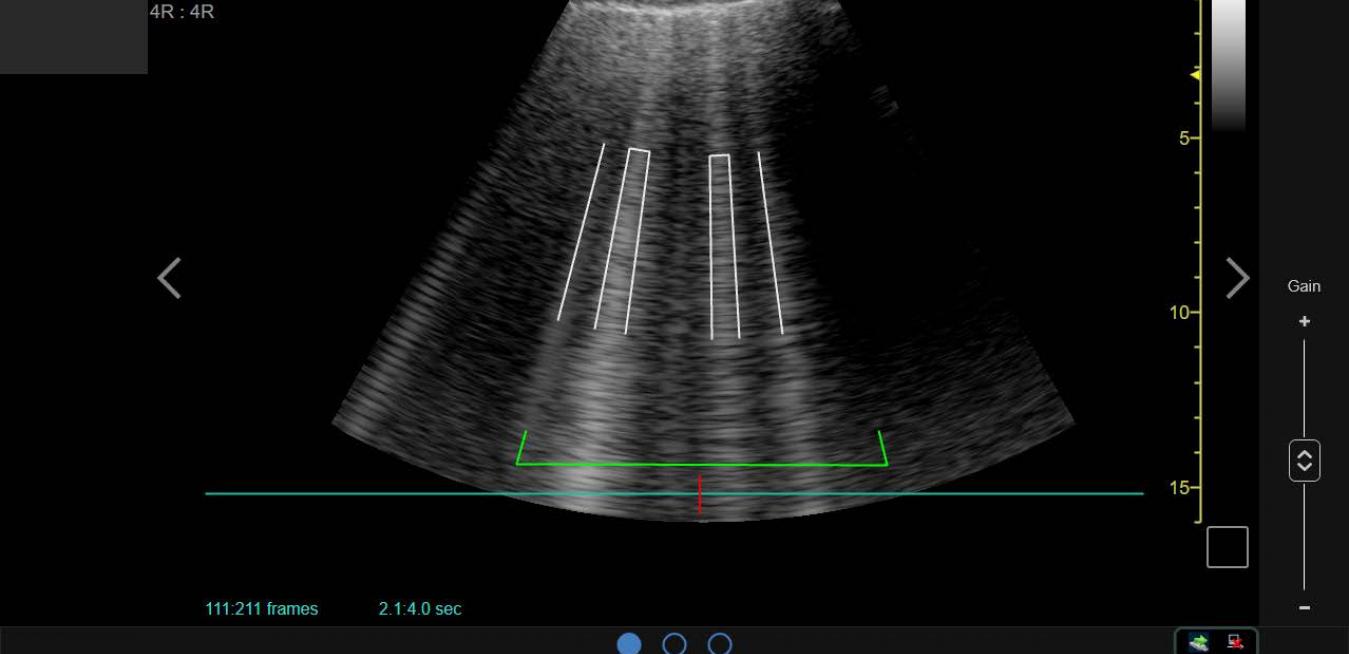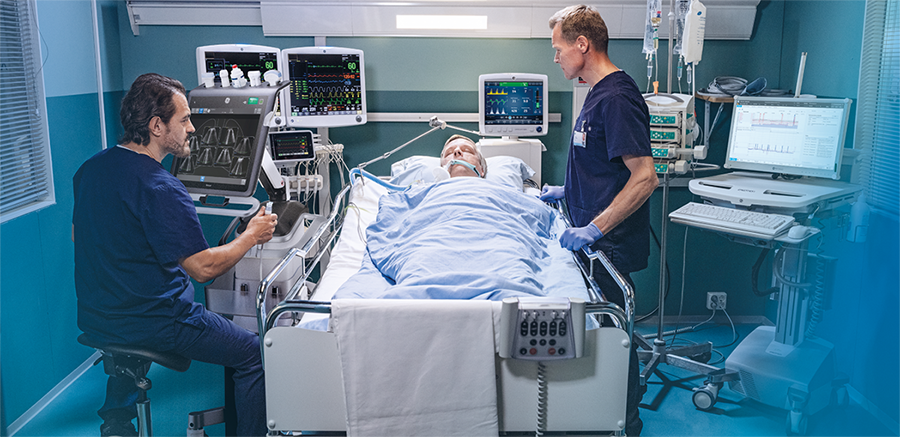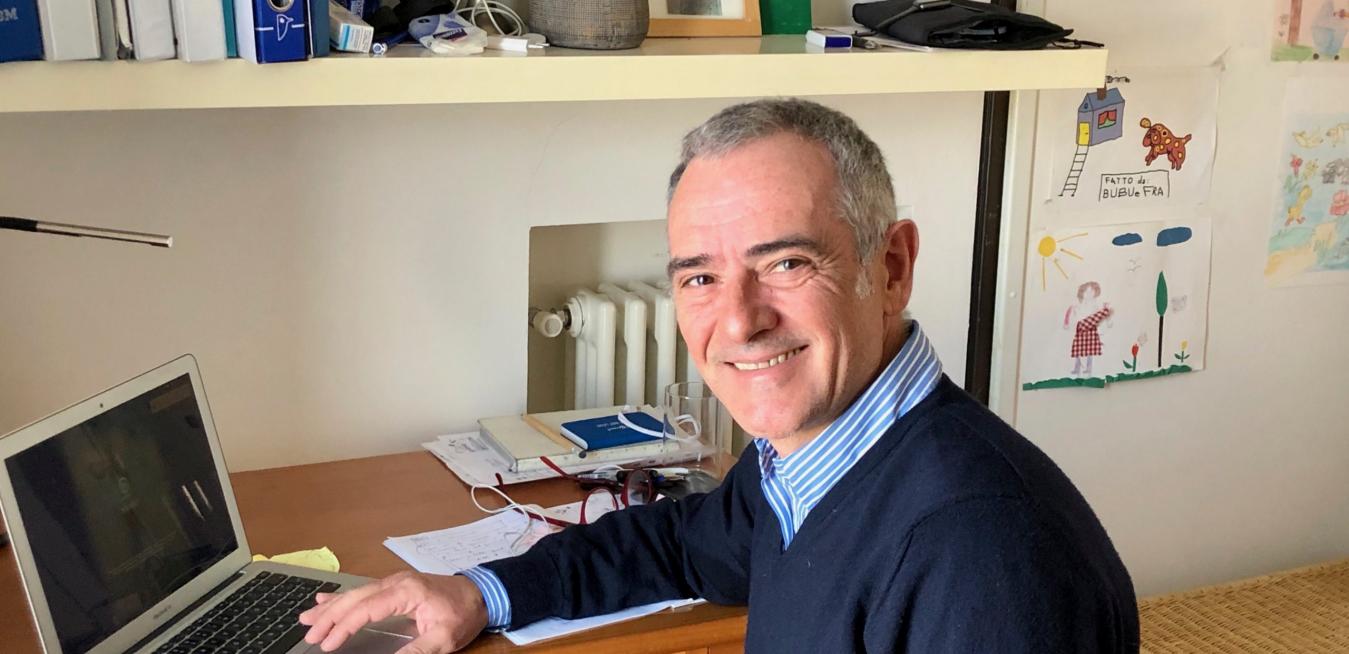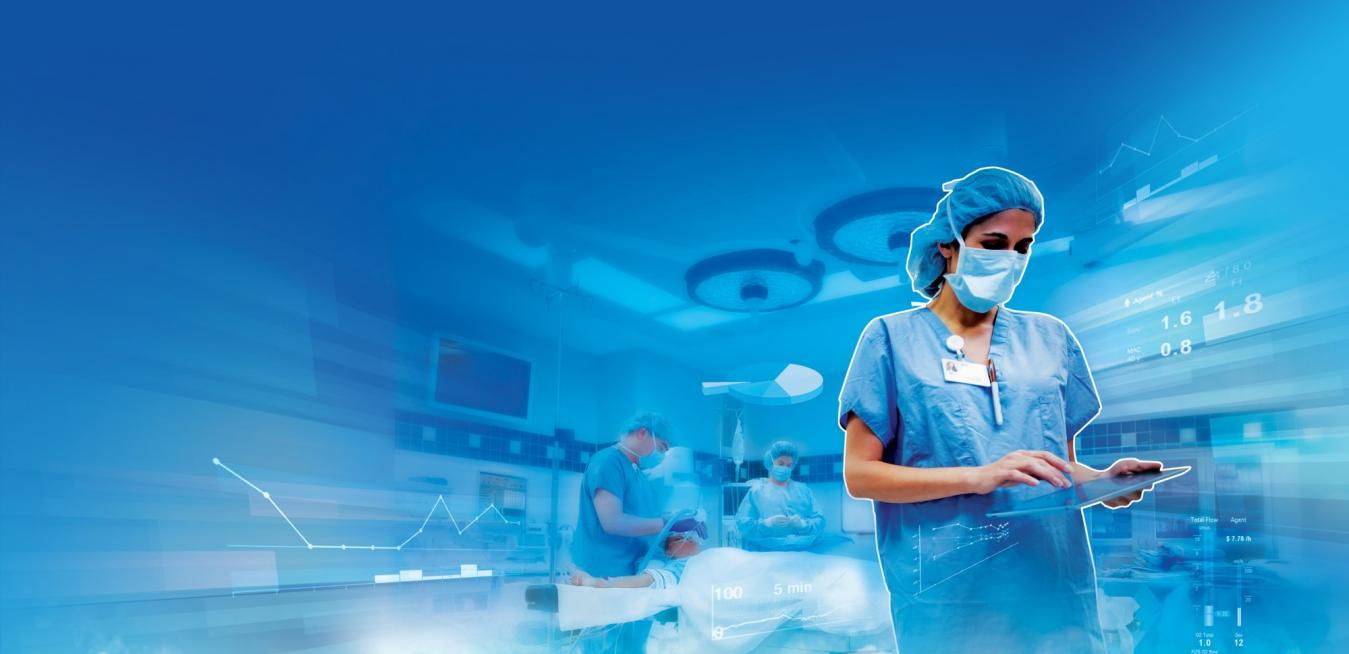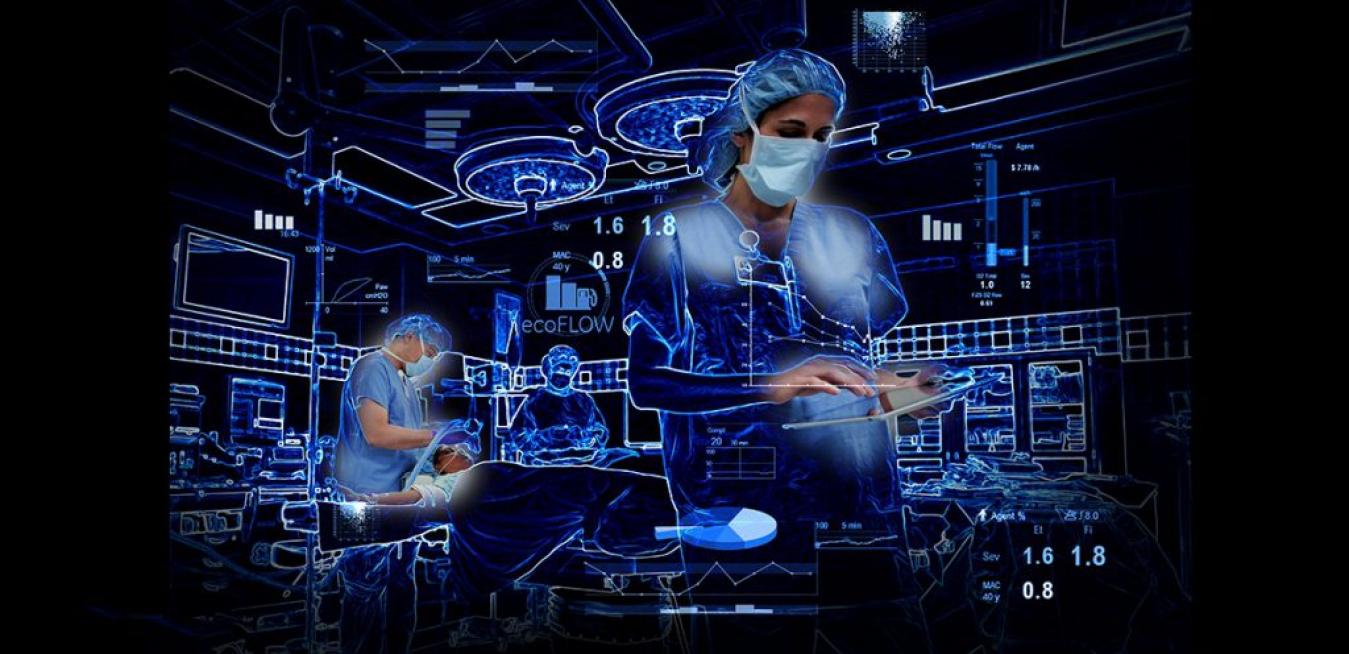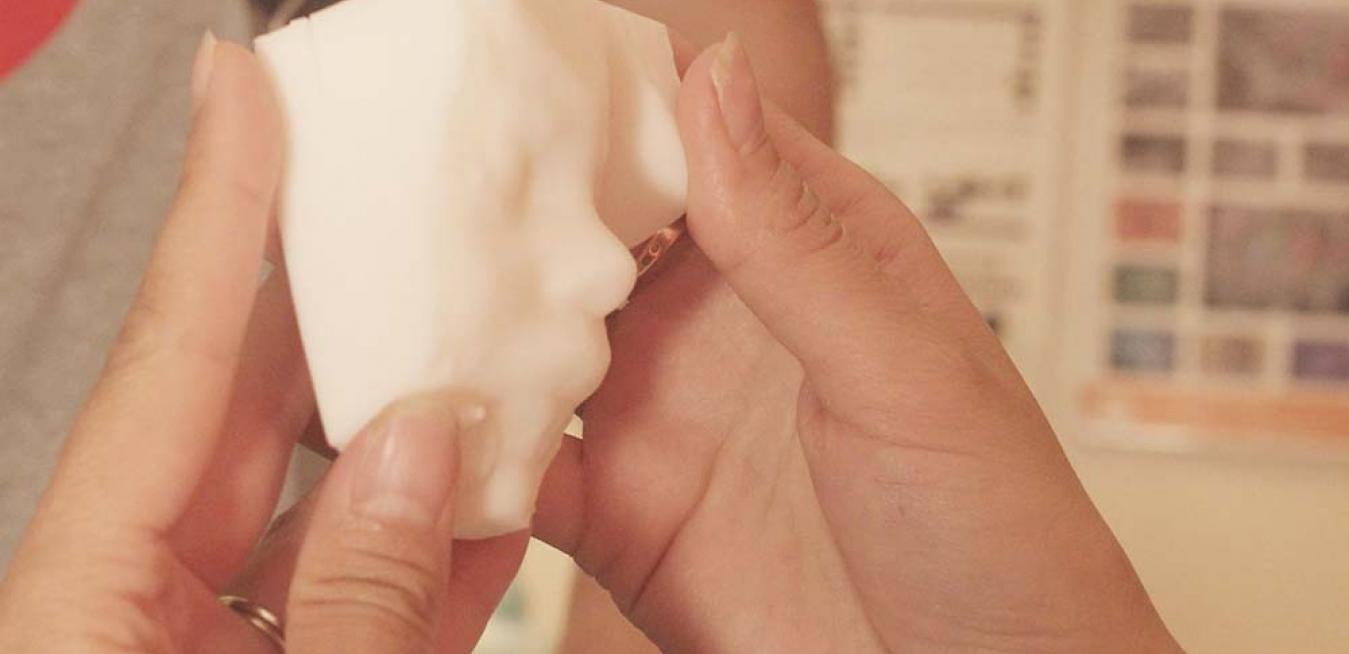МОСКВА, Россия, 14 февраля 2020 г. – GE Healthcare принимает участие в III Всероссийском научно-образовательном конгрессе «Онкорадиология, лучевая диагностика и терапия» - многопрофильной конференции, организованной для специалистов онкологических учреждений c целью профессионального обучения, обмена опытом и передовыми разработками. Форум проходит с 14 по 15 февраля в Москве.
Tomás Villén is on a war footing. His hospital, Universitario Ramón y Cajal in the northern corner of Madrid, has been the epicenter of Spain’s battle against COVID-19, the disease caused by the new coronavirus.
When Jimmie Beacham’s grandfather was a small boy growing up near Kitty Hawk, North Carolina, he observed the Wright brothers’ early attempts at flight. Flash forward over a century later, the younger Beacham is watching history unfold in a different way. While the world scrambles for ventilators needed to fight the COVID-19 pandemic, Beacham is helping plant leaders add ventilator production lines at GE Healthcare’s factory in Madison, Wisconsin. He’s also looking at using manufacturing technologies like 3D printing to boost output.
Tutku Gövsa is a computer scientist by training. But during the past week, he’s been on the factory floor in Madison, Wisconsin, helping GE Healthcare produce a clinical tool in the fight against COVID-19: ventilators.
Hospitals in Europe and around the world are racing to add beds in their intensive care units for seriously ill patients suffering from COVID-19, the disease caused by the new coronavirus. Medical facilities are converting beds from operating and recovery rooms, securing more ventilators, monitors, ultrasounds and other equipment, and enlisting more doctors and nurses to help.
GE Healthcare, one of the world’s largest manufacturers of medical technology and equipment, is adding production lines, hiring workers and expanding output to help arm hospitals and medical professionals with the equipment they need to diagnose and care for patients suffering from COVID-19, the disease caused by the novel coronavirus.
Dr. Jean-Marc Levaillant knows how special it is for expecting parents to see their baby for the first time on an ultrasound. But helping a visually impaired parent “see” the images with a 3D-printed model of their child was even more emotional than the obstetrician anticipated. “She was incredibly moved, and so were we,” Levaillant says. “My whole team was in tears.”
